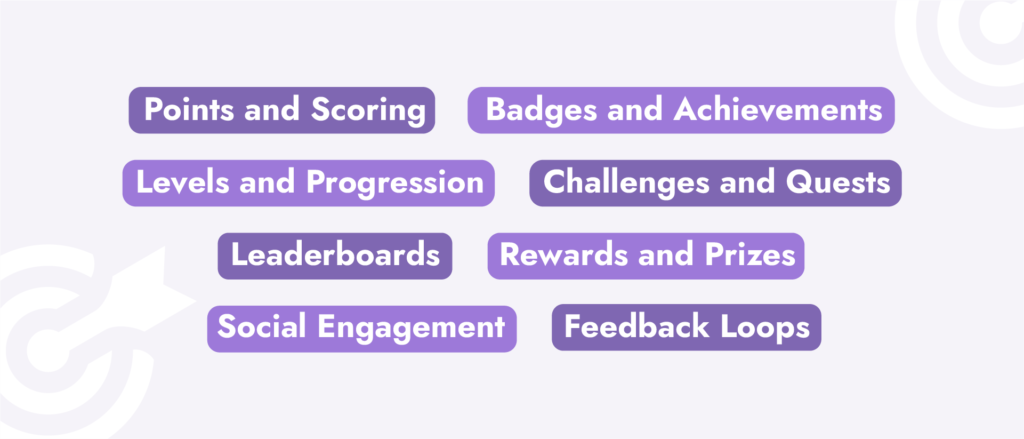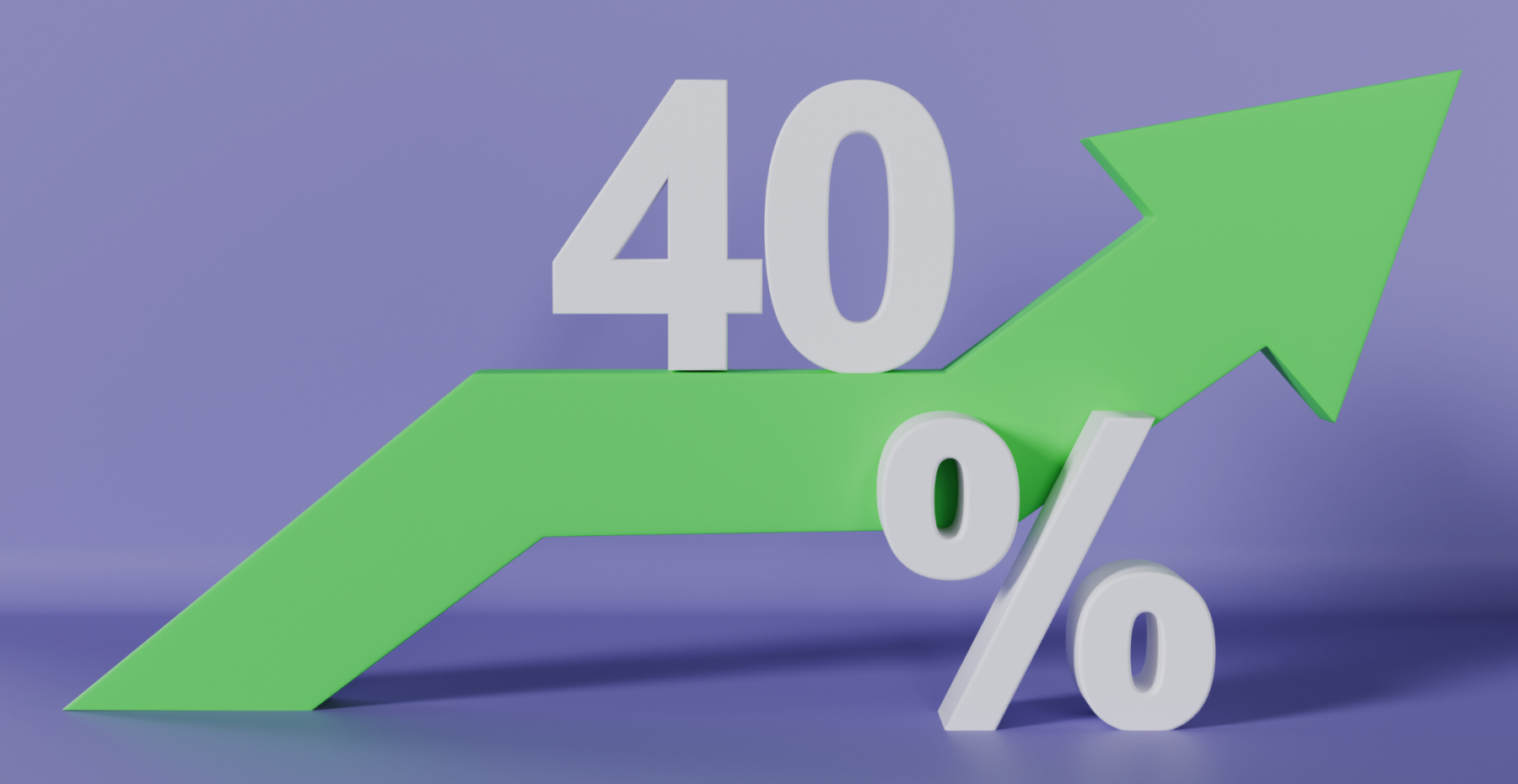Hey there! Ever thought of marketing as, well… a game? It’s not just about ads anymore; it’s about making the whole experience fun and engaging. Imagine customers playing along and, boom, they’re buying. Sounds wild, right? This is what gamified marketing is all about.
Get ready to see some cool real-life stuff and how it’s changing the game. But first let’s start with the basics.
Innovative Marketing: Beyond the Basics
Innovative marketing is about thinking outside the box and creating unique campaigns that stand out in a crowded market. It’s about crafting campaigns that break the mould, surprise and delight customers, and leave a lasting impression. Let’s explore a real-world example: Airbnb’s “Night At” campaign.
Airbnb’s “Night At” Campaign:
Airbnb, a platform known for its unique lodging options, took innovation to a whole new level with its “Night At” campaign. Instead of simply showcasing their listings, they transformed the concept of travel by offering individuals the chance to spend a night in extraordinary and unexpected places, such as the Louvre Museum.
Key Takeaways
This creative approach not only captured attention but also generated significant media coverage and brand exposure. Airbnb’s campaign didn’t just provide a place to stay; it told a compelling story. It allowed participants to become characters in a larger narrative, making the experience even more engaging. Airbnb’s campaign not only attracted attention during the event but also continued to be a talking point in the travel industry long after it concluded.
Gamified Marketing as a Type of Innovative Marketing
Gamification marketing isn’t just about adding points or leaderboards to your campaigns. It’s a deep-rooted strategy, applying game elements, such as competition and rewards, to non-gaming contexts like marketing. It’s a technique that leverages people’s natural tendencies for competition, achievement, collaboration, and play to promote a product, service, or brand.
The primary goal of gamified marketing is to increase user engagement, promote brand loyalty, and encourage specific behaviours from the target audience. By transforming marketing activities into game-like experiences, brands can make their interactions with consumers more fun, memorable, and engaging.
Example: Consider McDonald’s Monopoly promotion, where customers collect game pieces for a chance to win prizes. This simple customer engagement game encourages repeat visits and drives sales.
The Psychology Behind
The psychology behind gamification hinges on intrinsic motivation. Take the example of fitness apps that reward users with badges and points for completing workouts. This taps into users’ innate desire for personal improvement and the sense of achievement they get from reaching milestones, fueling their motivation to stay active and healthy.
It’s not only about personal achievement, but also the motivations are social connectivity and curiosity.
Gamification Techniques for Customer Engagement
Gamification techniques can vary from simple challenges to loyalty programs. Consider implementing:
Points and Scoring:
Points are a fundamental gamification element. Users earn points for completing specific actions or achieving milestones. Accumulating points can create a sense of achievement and competition. For instance, fitness apps often award points for each workout completed, encouraging users to stay active.
Badges and Achievements:
Badges and achievements are other modern marketing techniques that recognize users’ accomplishments. They are often awarded for reaching goals, mastering skills, or demonstrating expertise. These virtual badges can be displayed on user profiles, adding a social and competitive aspect. An example is Foursquare, which rewards users with badges for visiting different locations.
Levels and Progression:
Levels introduce a sense of progression and mastery and are a great game-changing marketing strategy. Users start at a beginner level and work their way up. Each level may come with new challenges or rewards. Educational platforms like Duolingo use this technique to encourage continuous learning.
Challenges and Quests:
Challenges and quests set specific tasks or goals for users to complete. They create a clear path for users to follow, providing direction and motivation. Fitness apps might challenge users to walk a certain number of steps each day or complete a specific workout routine.
Leaderboards:
Leaderboards display user rankings, allowing participants to see how they compare to others. This fosters competition and a desire to move up the ranks. Many mobile games feature global leaderboards to encourage players to improve their scores.
Rewards and Prizes:
Rewards can include physical items, discounts, or exclusive access and are unconventional marketing strategies. They act as incentives to motivate users to take desired actions. Frequent flyer programs, such as airline miles or hotel points, are a classic example.
Social Engagement:
Incorporating social elements like sharing achievements, competing with friends, or collaborating in teams can enhance engagement. Social networks like LinkedIn use endorsements and recommendations as a form of gamification.
Feedback Loops:
Feedback loops involve a continuous cycle of action, feedback, and adaptation. Users take actions, receive feedback on those actions, and adjust their behaviour accordingly. This cycle keeps users engaged and learning. It’s commonly used in applications like fitness tracking, where users see how their actions impact their progress.

Why Gamification? The Path from Engagement to Sales
Gamification is like adding a fun, competitive spice to an otherwise mundane dish. It turns ordinary tasks into engaging, game-like experiences, making them more enjoyable and compelling. Think of it as turning your salad (a routine task) into a colourful, mouth-watering bowl with toppings and dressings (game elements) that not only enhance the taste but also make you look forward to eating it.
Want to know the main benefits it gives to the business? Here are the common points:
- Increased Engagement: Gamification captures and maintains users’ attention, prolonging their interactions with your brand or product.
- Encourages Desired Actions: Gamification motivates users to take actions aligned with sales objectives, such as leaving reviews or making purchases.
- Competitions Drive Sales: Incorporating competition elements, like leaderboards and challenges, encourages users to outperform others, leading to increased purchases.
- Boosts Loyalty: Gamified loyalty programs reward repeat engagement, fostering customer loyalty and repeat purchases.
- Enhances Upselling and Cross-Selling: Gamification can promote higher-value purchases or related products by offering rewards for specific behaviours.
- Data Collection for Personalization: Gamification collects user data, enabling personalized marketing efforts that boost conversion rates.
- Word-of-Mouth Marketing: Positive gamified experiences lead to organic word-of-mouth recommendations, driving sales growth.
Real-Life Creative Marketing Campaigns
Let’s delve into some innovative marketing campaigns:
Nike+ Run Club: Nike turned running into a game by allowing users to track their runs, compete with friends, and earn badges. This gamified approach not only engaged customers but also encouraged them to buy Nike running gear.
Doritos’ Crash the Super Bowl: Doritos invited consumers to create Super Bowl ads. The winners had their ads aired during the game, fostering a strong sense of brand involvement among customers.
Starbucks Rewards: Starbucks’ loyalty program lets customers earn “stars” with every purchase, which can later be redeemed for drinks and food. As users collect stars, they advance through levels (like Green and Gold), unlocking more benefits as they go.
M&M’s “Eye Spy” Campaign: M&M’s launched an experiential marketing campaign where users were shown a wide-angle, detailed image and were asked to find a tiny pretzel hidden within. This simple game brought a significant increase in website engagement and brand interaction.
Pepsi’s AR Bus Shelter: One of the disruptive marketing innovations was done by Pepsi. In London, Pepsi Max created an augmented reality experience at a bus shelter. Unsuspecting commuters saw everything from aliens to tigers through the screen, making waiting for a bus an unforgettable experience. It was an innovative way of merging offline and online marketing using gamification.
How to Measure Success and ROI
To measure the success of your gamified marketing efforts, track key performance indicators (KPIs) such as customer engagement, conversion rates, and customer retention. Calculate the return on investment (ROI) by comparing the costs of your gamification strategy to the revenue it generates.
Incorporating gamification into your marketing campaigns can revolutionize the way you engage with your audience and drive sales. By understanding the principles and learning from successful examples, you’ll be well-equipped to create innovative, interactive, and effective marketing strategies that turn engagement into tangible results.




